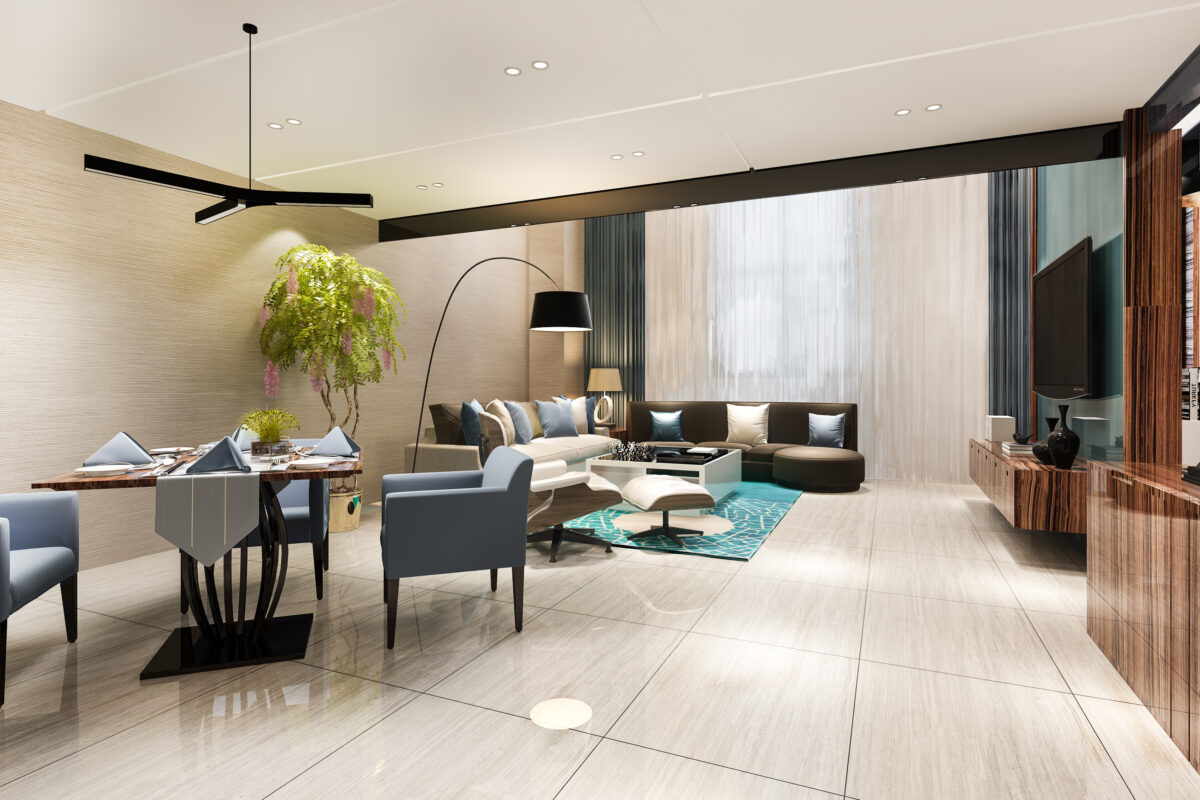Rooted in Tradition, Styled for Tomorrow: Mangalore’s Interior Design Evolution

Mangalore, a city rich in culture and heritage, has witnessed a fascinating transformation in its interior design landscape over the years. While the traditions of the past continue to inspire, a new wave of innovation is reshaping how homes and commercial spaces are designed. Interior decorators in Mangalore have played a key role in blending the city’s traditional charm with modern styling to create timeless interiors that are both beautiful and functional.
The Charm of Traditional Mangalorean Interiors
Traditional Mangalorean homes are known for their strong connection to nature and local culture. Red oxide flooring, wooden ceilings, and Mangalore tiles were once staples in every household. These elements not only added beauty but were also practical, offering natural cooling and long-lasting durability.
Courtyards in the center of homes, wooden swings, and hand-carved furniture were more than just design choices—they were a way of life. These features reflected the climate, lifestyle, and values of the people. They encouraged family gatherings, storytelling, and a deep appreciation for craftsmanship.
Even today, many families in Mangalore preserve these elements to stay connected with their roots.
The Rise of Modern Aesthetics
As times changed, so did the needs and preferences of homeowners. Modern life demands convenience, minimalism, and technology integration. This shift led to the rise of contemporary interiors—open floor plans, sleek furniture, modular kitchens, and smart lighting systems.
Mangalorean interior design began to evolve, influenced by global trends yet still holding on to its identity. Clean lines, neutral colors, and space-saving solutions became common. However, the essence of tradition wasn’t lost. Instead, it was thoughtfully adapted to suit present-day living.
Fusion of Old and New
What makes Mangalore’s interior design evolution so unique is its ability to blend the old with the new. Rather than replacing traditional elements, many designers now incorporate them into modern layouts. For instance, a home may feature vintage-style wooden pillars in a contemporary open-plan living room, or use red oxide as an accent in a minimalist setting.
Local materials such as laterite stone, terracotta tiles, and handmade fabrics are being used creatively to add warmth and character to modern homes. This fusion approach is not only sustainable but also tells a story—a story of culture, legacy, and forward-thinking design.
Eco-Friendly and Sustainable Design
With growing awareness of environmental issues, eco-friendly design has become a major trend in Mangalore. Designers are turning to natural materials, energy-efficient lighting, and rainwater harvesting systems to create greener homes.
Traditional practices are also being revived in sustainable ways. For example, using local wood not only supports regional craftsmen but also reduces the carbon footprint. Vertical gardens, recycled furniture, and natural ventilation are now part of many design plans, making homes more eco-conscious without compromising on style.
Technology Meets Tradition
Another exciting aspect of Mangalore’s interior design evolution is the integration of technology. Smart home solutions, automated lighting, security systems, and digital assistants are becoming popular in both residential and commercial spaces.
What’s interesting is how these tech features are being introduced without disturbing the cultural aesthetics. Designers are ensuring that modern technology blends seamlessly with traditional settings. You might find a smart speaker in a room decorated with antique brass lamps, or a home office with smart lighting set against a backdrop of traditional wall art.
The Role of Local Art and Craft
Artisans from Mangalore and surrounding regions have long contributed to the local design culture. Handcrafted wooden furniture, intricate cane work, and colorful Yakshagana-themed décor pieces continue to inspire modern interiors.
Many designers are now working closely with these local artisans to keep these art forms alive. Customized furniture with hand-carved designs, mural paintings, and fabric prints inspired by coastal life are becoming sought-after features in homes across Mangalore.
Designing for the Future
As more people invest in homes and businesses in Mangalore, the demand for well-planned interiors is growing. The future of interior design in the city looks bright, with a strong focus on personalization, functionality, and sustainability.
Designers are exploring ways to make small spaces more efficient, use smart materials that adapt to the climate, and ensure that homes grow with the changing needs of families. The approach is now more client-focused, where every design tells a personal story while staying rooted in tradition.
Conclusion
Mangalore’s journey from traditional to modern interiors is not just a story of change—it is a story of balance. By respecting the past and embracing the future, the city has carved out a unique identity in the world of design. Whether it’s a century-old home being renovated or a brand-new apartment being styled, the design philosophy remains the same—honor the roots while reaching for the future. Today, interior designers in Mangalore are not just creating beautiful spaces; they are preserving culture, encouraging innovation, and shaping the future of living.





